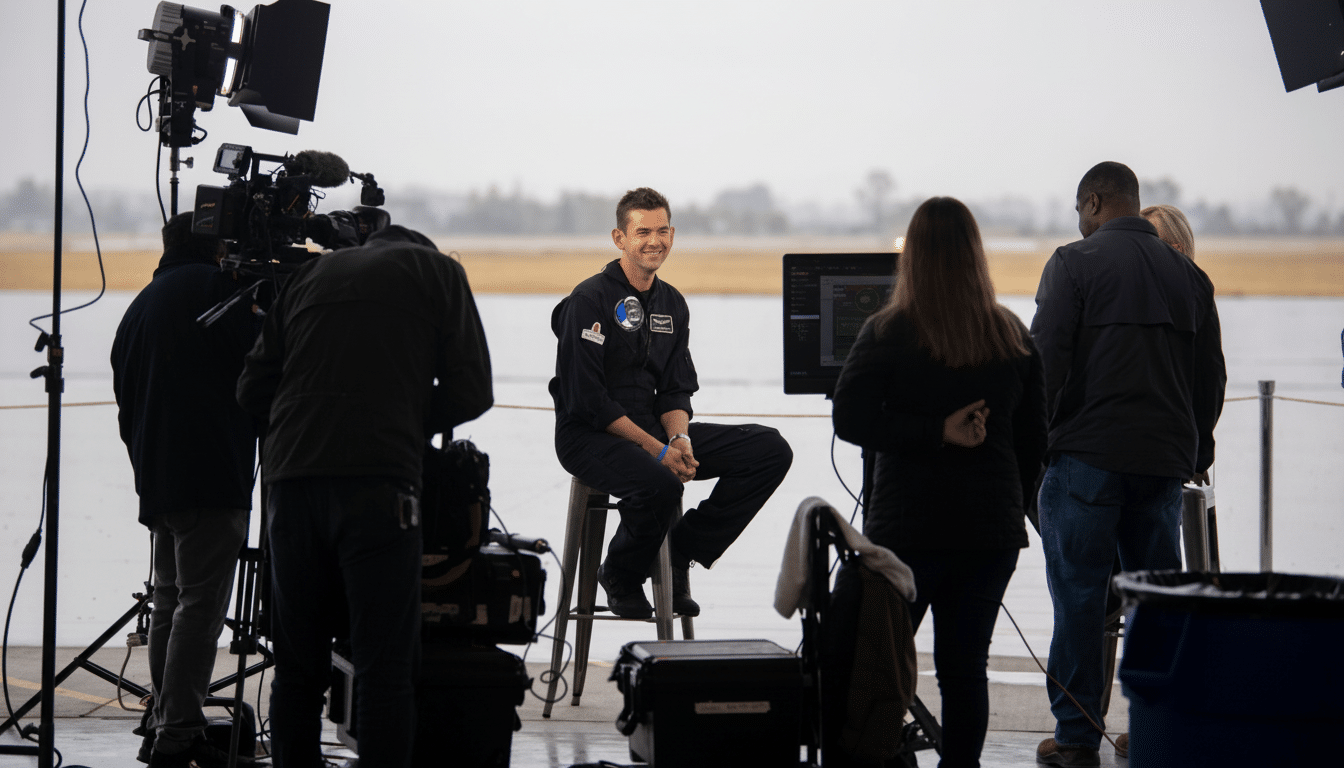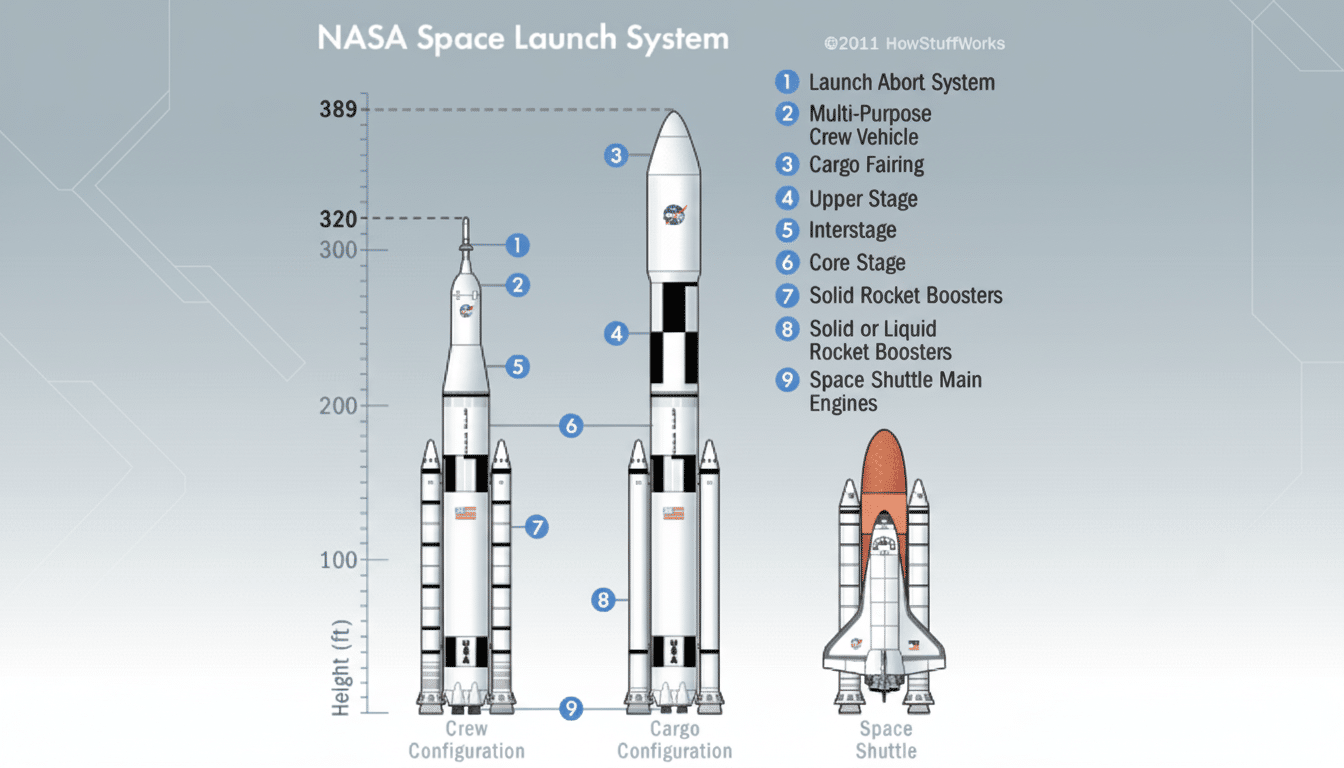Jared Isaacman, the superlatively named tech billionaire now again in play as a commercial astronaut and would-be leader of NASA, published an approXimately 2,000-word post on X to offer his rebuttal to an internal blueprint that set off alarms across the space community.
The sweeping message, part clarification and part triage, described the document as an early, unfinished draft that fell out of context — while squarely targeting one narrative he has worked furiously to head off: that he wants to gut marquee programs or shut down NASA centers.

The post comes in the midst of a leadership vacuum and a funding lapse that has furloughed large portions of NASA’s roughly 18,000 civil servants. Hours later, the White House said that Isaacman would indeed be renominated to serve as NASA administrator, driving an increasingly high-stakes contest over the direction of the agency in developing its Artemis campaign and confronting renewed competition from China.
A Leaked Plan Named Athena Raises Concerns in Congress
The dispute stems from a classified 62-page plan, codenamed “Athena,” that was first disclosed by Politico. Floating as Isaacman sat around and waited for the Senate to act, it was being read by many on Capitol Hill as a blueprint to kill NASA’s Space Launch System (SLS) moon rocket, cut back lunar station Gateway, even shut down some of the agency’s 10 field centers. The reaction was immediate: Program offices and contractors feared sudden pivots; scientists feared a retreat from flagship missions.
Isaacman acknowledged the authenticity of the document, and described it as outdated and incomplete, a document culled from a longer plan that he would develop further only after confirmation. References to infrastructure, he maintained, concerned resource alignment with missions, not facility closings; and referred to public backing for scientific capabilities like the Chandra X-ray Observatory and a possible Hubble reboost.
The sensitivity is understandable: NASA’s major programs have a long history of experiencing delays in schedule and cost growth. The Government Accountability Office and NASA’s inspector general have both identified management and procurement risks throughout the elements of Artemis, SLS and Orion among them. Those watchdog reports also make clear the scale of what had become multibillion-dollar commitments, which helps explain why discussion of canceling or restructuring is certain to give industry and its workforce whiplash no matter where it arises.
What Isaacman Says He Wants to Change at NASA
In his post, Isaacman sketches five goals:
- Streamlining NASA’s bureaucracy to release engineers and cut red tape
- Increasing astronaut flight opportunities and lunar sorties
- Deepening public-private partnerships to spark a sustainable orbital economy
- Better leveraging NASA’s science leadership in fields of scientific endeavor
- Investing in advanced technologies including artificial intelligence and nuclear propulsion
He denies that “Athena” aims to eliminate programs or shrink centers, and he says that critics are exaggerating a draft proposal in order to wage a political battle. The “why,” he writes, is the real story — and it casts the leak as a play that cuts off at the knees confidence in an agency already on tenterhooks.

To the workforce, the message sends a signal of continuity and reform: fewer process blockages, faster cadence — but not total abandonment of NASA’s scientific core. The question will be how such shifts could occur without disrupting ongoing missions or violating existing contracts — a granular management challenge that will figure prominently in confirmation questioning.
Politics and the Perception Problem Facing NASA
Isaacman’s arc of nomination has been unusually public. An earlier choice was pulled in the swirl of political crosscurrents and a well-publicized dustup with Elon Musk, whose company SpaceX flew Mr. Isaacman on its privately financed mission Polaris Dawn, becoming the first civilian to spacewalk. Now renominated, he is left leading an agency guided in the interim by acting leadership and caught up in a debate in Washington over NASA’s independence.
He took pains to praise acting Administrator Sean Duffy, who also runs the Department of Transportation, as he sought to push back reports about personal friction. The Wall Street Journal cites proposals to make NASA part of Transportation — a move that sends shivers up the spines of many in the science community, given that civil space is not an ideal cultural fit for a regulatory cabinet department.
Artemis Stakes and Vendor Scrutiny in Moon Missions
All of this unfolds with Artemis on the clock. NASA’s inspector general has estimated Artemis overall spending will total nearly $93 billion through the mid-decade, and mission schedules for SLS, Orion and lunar landers have slipped repeatedly. SpaceX has a $4.2 billion contract to develop a Moon-lander variant of the Starship, but its test program is still growing up. To guard against risk, NASA last month reopened competition for an accelerated lander option and solicited proposals from SpaceX and Blue Origin.
Isaacman’s personal relationship with SpaceX, of course, only raises concerns about cronyism. He responded that he had “no loyalties to any aerospace vendors.” Office of Government Ethics norms would probably also demand recusals in certain matters if conflicts of interest emerged, and senators will surely ask him how he would guarantee equitable source selections and technical reviews.
What to Watch Next as NASA Confirmation Battle Looms
Lawmakers would surely ask for more specifics on “Athena” before taking any vote: which programs, which timelines and which trade-offs. Triumphs in such areas as center responsibilities, science portfolios and workforce stability will also be crucial, as will specific goals for mission cadence, cost control and private sector cooperation.
Isaacman’s 2,000-word defense suggests a candidate closely attuned to the optics. It may or may not reassure such fears, depending on what follows: open accountability in the budgeting process, verifiable schedules and a governance structure that will protect the way forward for NASA’s science and exploration mandate. For an agency trying to keep a balance between the Moon-to-Mars ambition and finite dollars such plans require, and between dreams of global competition that are on the rise here on Earth, this difference — between disruption and reform — will be spelled out in the fine print.

